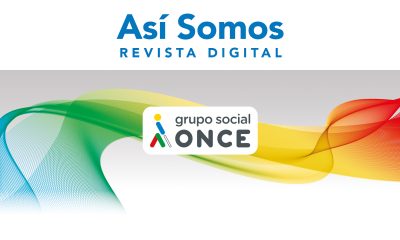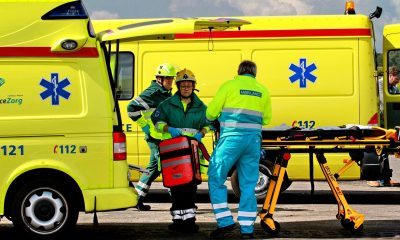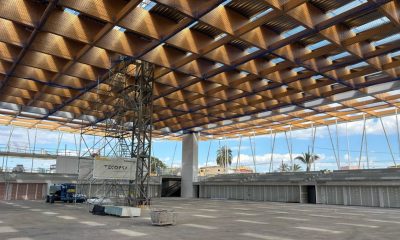Costa Blanca
Elche gets six homes to use in case of social emergencies
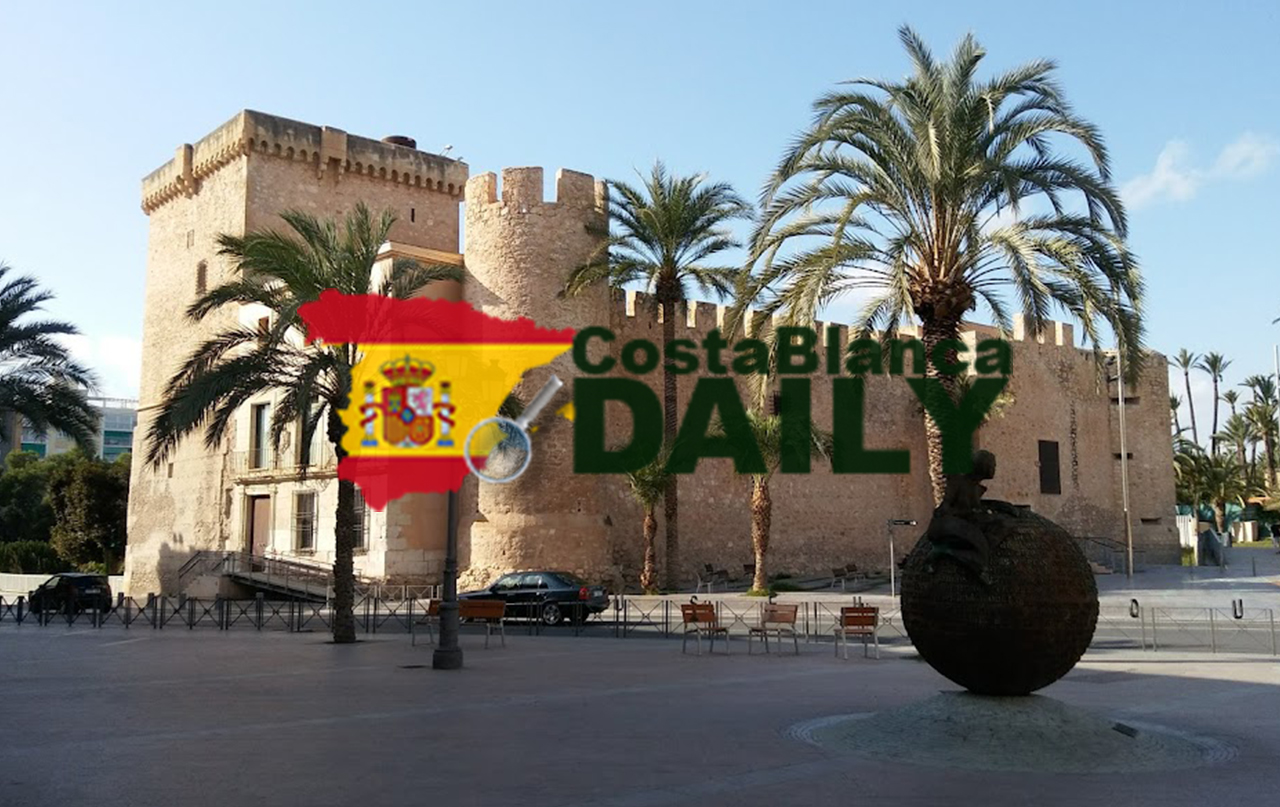
The Local Government Board gave the go-ahead to buy six homes owned by SAREB so that they can be fixed up as part of a scheme to build more public housing that is paid for by the State Plan for Access to Housing 2022–2025, also known as the ADHA Plan.
Celia Lastra, Councillor for Social Action, said that in February 2024, the Local Government Board agreed to ask for a subsidy to buy these six homes owned by SAREB. This was because the council wanted to buy these properties to increase the number of public housing units and put them on a rental or transfer of use regime with a maximum rent or transfer price for use, especially for vulnerable groups.
With the help of the 342,500 euro grant, these 6 homes in various parts of the town were bought. “This purchase increases the number of public housing units in Elche and, most importantly, we will have more housing options under a social rental regime and/or transfer of use for emergency housing,” Lastra said. These homes are meant to help families who are housing insecure and can’t afford to rent at market rates because of their income.
The meeting also agreed to the free transfer of the “Hort de Malena” palm grove, which is in the middle of the city, next to the Tower on the road to the Mills, and surrounded by public gardens.
As stated by Inma Mora, the City Council’s goal is to restore and raise the value of the traditional homes and buildings in the “Hort de Malena” palm grove so that people can learn about and share the historical and cultural values that these buildings and homes represent, as well as the palm grove itself and its water systems. There will be no changes to the deal for 10 years.
It has also been cleared to build the Maestro José Toro social centre in Torrellano, which will be situated between the streets of Libertad, Alcudia, Astronautas, and Violeta. As part of this project, a new 1,900-square-meter space will be built to serve more than 7,000 people from the Torrellano, Santa Ana, Balsares, Saladas, and Jubalcoy areas.
The new cultural and social centre will have two floors. The first floor will have a big hall that can fit 466 people, 350 on the ground floor and 166 in the amphitheatre.
The Torrellano social centre project has been approved by the Local Government Board.
The reading room/library and the amphitheatre for the assembly hall will be on the first floor, along with the association offices and music school. The OMAC, cafeteria, and assembly hall will be on the ground floor.
The Civil Aviation report has now been given to the City Council. This is something that the municipal company Pimesa needs in order to be able to put out the bids for the building contract next week.
The Governing Board did agree to the Ministry of Transport and Sustainable Mobility’s request for direct aid for passenger transport. This will lower the prices of transport passes and multi-trip tickets for urban public transport services for the first half of 2025, from January 1 to June 30. They also agreed to make a deal with the service concessionaire to carry out the aid. With these direct helps, the price is cut in half, and the City Council pays for an extra 20%.
As one of the things that wasn’t on the list, the contract for the adaptation works at the central interchange of Doctor Caro and Alfredo Llopis streets has been extended for two more months, until April 11.
InvoLUCRA SL, the winning bidder, said, “They have proposed this extension because, once the urban bus shelter had been moved and the second section of Calle Alfredo Llopis had been torn down, services were found to be in use that were not reflected in the plans that were available for the preparation of the project.” This meant that the foundations and slabs of the two pergolas in that section had to be moved around to fit the available space. This caused the project to be delayed, and the stormwater network had to be moved to a new well that had to be built in the middle of the street.
The project has an investment of about 900,000 euros and is partly paid for by European Next Generation funds.
Discover more from Costa Blanca Daily
Subscribe to get the latest posts sent to your email.
Costa Blanca
Calpe plans to spend €450,000 to upgrade pavements and bike lanes
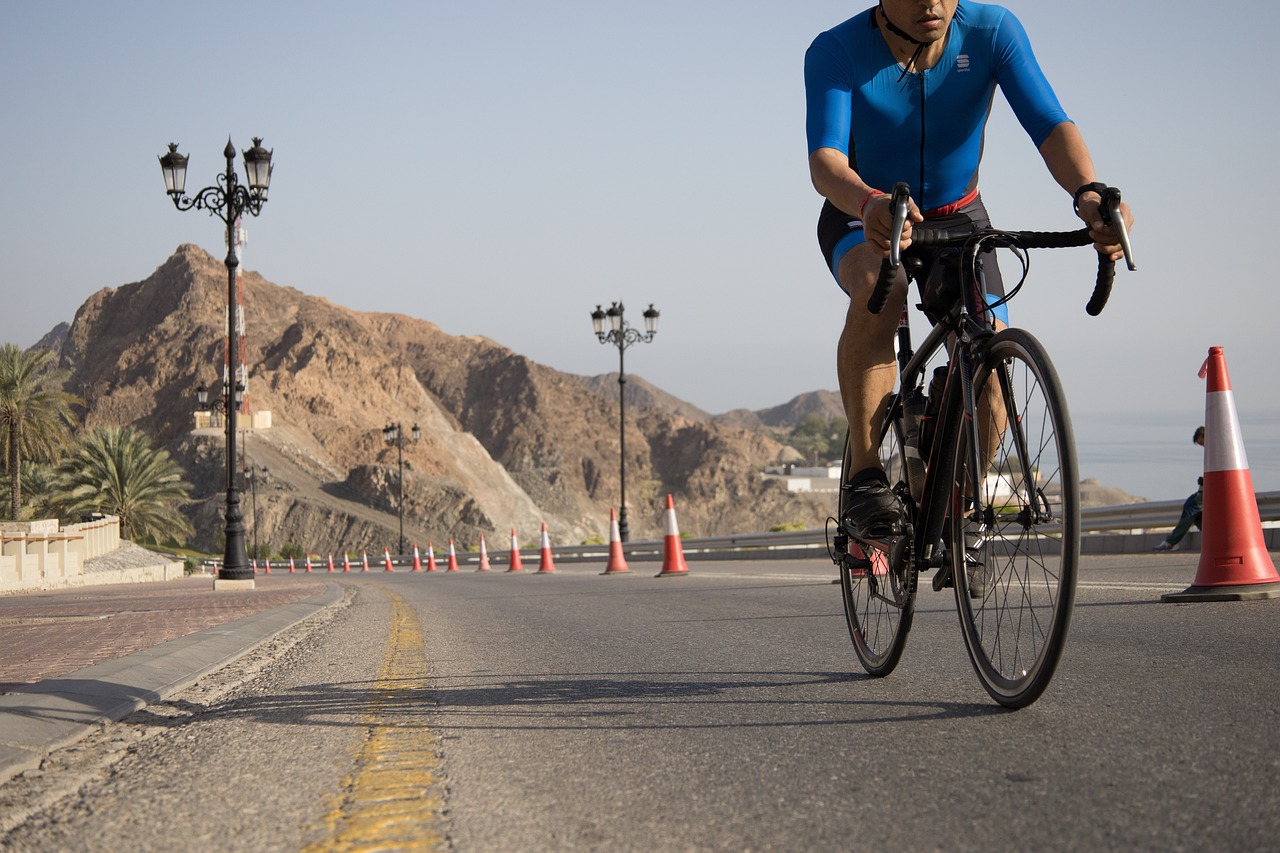
The bike lane between Calle La Niña and Letonia on Avenida de los Ejércitos Españoles is going to be altered by Calpe City Council. To increase safety for both users, the area allotted for bicycles and pedestrians is to be appropriately redistributed.
At the moment, the bike lane is situated on the innermost portion of the sidewalk and runs parallel to it without a curb. A one-metre-wide sidewalk and, at the end, a garden space run parallel to the bike lane, which faces the road. By moving the pavement to this innermost end, these projects hope to make it easier for pedestrians to visit the nearby stores without having to cross the bike route.
Putting money into security
In order to make the path safer for both cyclists and pedestrians, the pedestrian sidewalk will also be widened, extending from one to three metres, and will be divided from the bike lane by a landscaped space of more than one metre, where trees and street furniture will be placed. In turn, a gap of nearly one metre will divide the bike lane from the parallel parking strip that runs the length of this portion.
Along with planting trees and updating the street furniture, the project will also involve putting in a bike lane with a unique pavement that is more appropriate and long-lasting for this purpose.
A four-month execution period
Within the framework of the Recovery, Transformation and Resilience Plan, which is funded by the European Union – Next Generation, this project is part of the Sustainable Tourism Destination Plan, which is supported by the State Secretariat for Tourism and the Valencian Community Tourism Department.
With a base value of €449,682.13, the project has already been placed out to bid and is presently undergoing evaluation before being awarded. Four months is the estimated completion time.
Councillor for Infrastructure Juan Manuel del Pino stressed that the project is part of the Calp council’s commitment to encouraging bicycle use and pedestrian routes. “With this initiative, we not only aim to create a safer route for residents but also to facilitate their mobility and accessibility along one of Calpe’s main thoroughfares,” he said.
Discover more from Costa Blanca Daily
Subscribe to get the latest posts sent to your email.
Costa Blanca
Abducted in Elche for a €90,000 debt
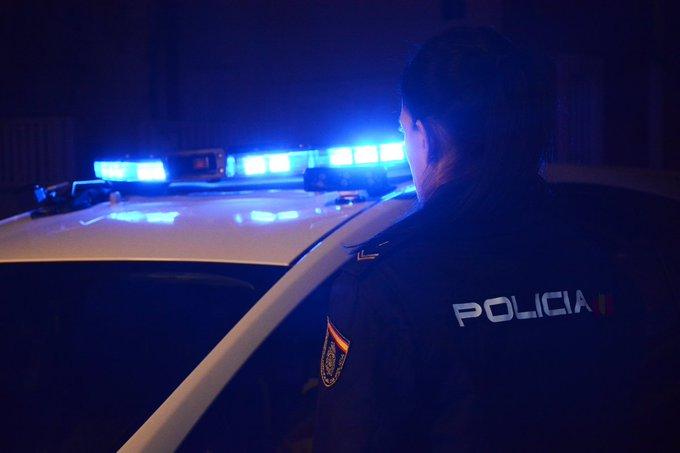
A 43-year-old male has been taken into custody by National Police officers in the municipality of Elche on suspicion of engaging in illegal detention and extortion.
Officers became aware after the victim reported that an acquaintance had threatened and extorted him, demanding a debt of 90,000 euros.
In his complaint, the victim said that a male acquaintance of his had frightened him by contacting him a few months prior and requesting €90,000 for the down payment on a real estate transaction and the sale of a car.
The intimidation and threats were received multiple times. Once, the accused criminal went up to the victim and pushed him into his car. Once inside, a third individual demanded complete payment of the loan while grabbing him by the neck, immobilising him and pressing a sharp item against his side. After that, they left him a few km away from the location of his pickup.
Along with the threats, the accused criminal followed the victim to every location he visited and insisted on paying the bill each time.
The victim made three financial payments of 10,000 euros each as a result of the compulsion, threats, and terror the accused used to induce in him.
Officers examined the complainant’s car throughout the inquiry and found a GPS tracker within one of the rearview mirrors, which gave the suspected offender constant access to his location.
Following his identification, the accused criminal was taken into custody for his involvement in the illegal detention and extortion activities.
The inquiry is still ongoing while the second perpetrator of the threats made inside the already-detained person’s car is found and apprehended.
The inmate was taken before the Elche Investigative Court after police investigations.
Discover more from Costa Blanca Daily
Subscribe to get the latest posts sent to your email.
Costa Blanca
The work of ONCE guide dogs is explained to the people of Benidorm
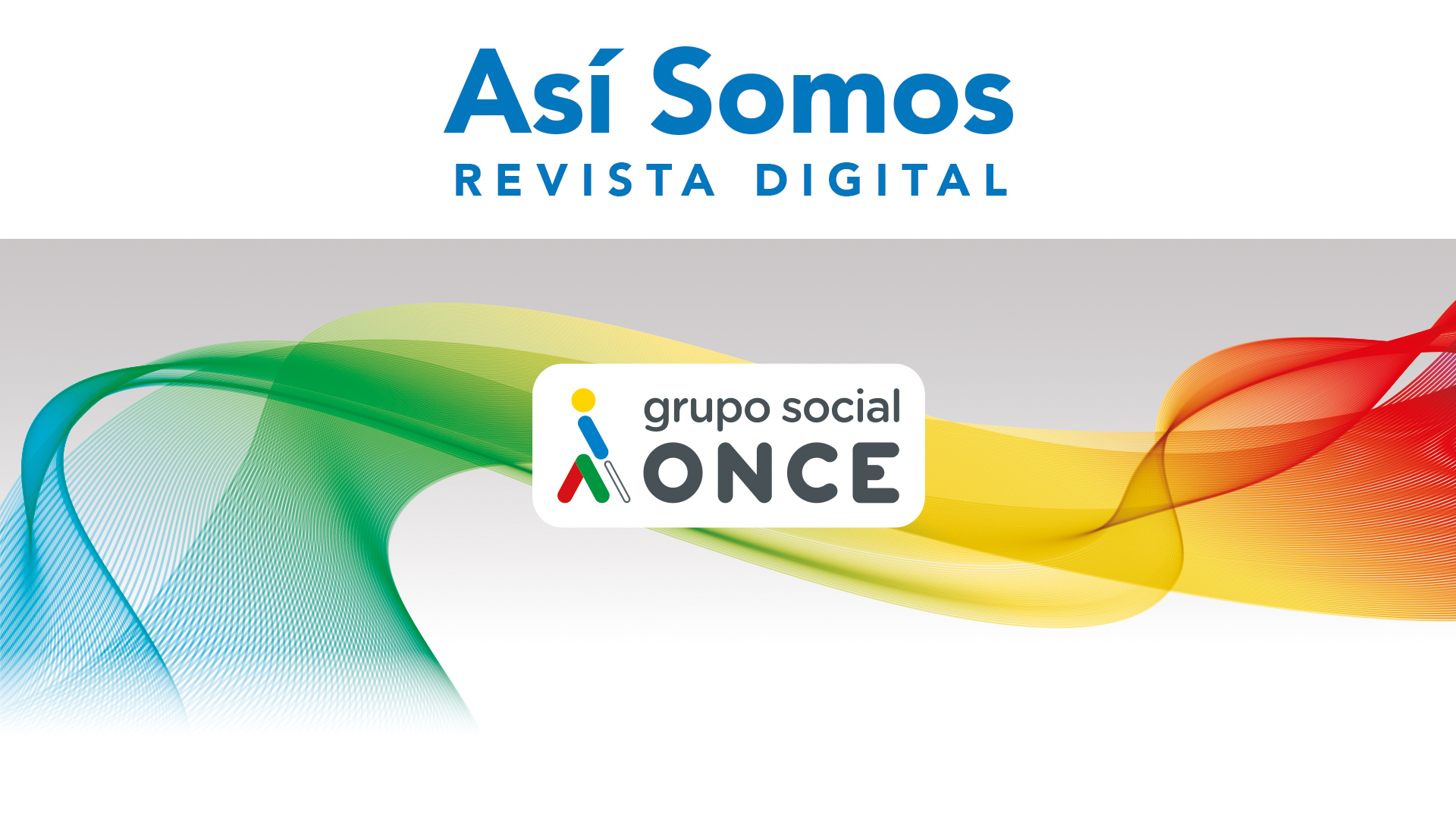
The public was shown how these animals are utilised to become essential components of blind people’s safety and autonomy during an exhibition hosted by the ONCE Guide Dog Foundation (FOPG) in Benidorm yesterday, Thursday 27th March.
Under the theme “Much more than a dog,” the nearly 1,000 participants, who came from various Benidorm educational institutions and the general public, watched as these animals performed a variety of obedience and focus exercises alongside mobility instructors Rafael Almansa and Eloy Aranda. They were accompanied by Tibor, a black Labrador, and Dior, a sable-coloured German Shepherd.
Guide dog users from Alicante, María Luz Menéndez and Moisés Moreno, described their everyday lives with ORI and ODRI, respectively, and both demonstrated on a circuit how the training process works so that the dogs can overcome obstacles, go up or down stairs, cross zebra crossings, look for doors, or stay in a cafe or in any kind of transportation at the feet of a blind person.
Antonio Pérez, the mayor of Benidorm and president of the Alicante Provincial Council; Enrique Llin, the president of the ONCE Territorial Council in the Valencian Community; Estela Medina, the director of ONCE in Alicante; and Francisco José Muñoz, the councillor for Public Space, Public Works, Accessibility, and Mobility of Benidorm, who wore an eye mask and experienced firsthand what it’s like to move without seeing, along with an ONCE guide dog.
The proper way to act around a guide dog
In addition to reviewing some guidelines for how to act around a guide dog, attendees had the chance to learn about the various phases a dog goes through to become the eyes of a blind person, including rearing, socialisation, training, everyday life, and retirement.
The first of them is that dogs should not be given any food since they may have a food intolerance, which could lead to digestive issues that could impair their health and well-being and interfere with their ability to help the blind person they are with on a regular basis.
They also reminded everyone that when walking with a blind person, which they are happy to do, it is crucial to avoid diverting the dog’s attention. This demands their focus to keep them safe.
Another piece of public advice is that people who own companion dogs should always keep them under control by their side and not let them go if a guiding dog is around.
Though it’s crucial to respect their work when guiding and save play and greetings for when they’re not wearing a harness, guide dogs also enjoy lots of downtime and leisure time.
Additionally, keep in mind that you should never tug on the dog’s leash or harness when giving instructions to a blind person. Just move away from the dog and approach them, ideally from their right side.
The legal right of guide dog owners to enter any locations, spaces, businesses, and public transportation in Spain with their dog was also recalled; this is a fact that occasionally creates issues because of public ignorance.
Over 3,700 canines have been given by the ONCE Guide Dog Foundation in its nearly 35-year history, and almost 1,000 of those dogs are currently strolling through our nation’s streets and villages with an equal number of blind people. Thirty of the 84 guide dogs in the Valencian Community—the eyes of the blind and visually impaired—live in Alicante. Every year, about 140 animals are supplied.
Strolling Together
The integration of blind persons into society is one of ONCE’s top concerns. This work is founded on three pillars: employment, social and cultural interactions, and personal autonomy.
In order to address this, she established the ONCE Guide Dog Foundation (FOPG), following the lead of North American and European guide dog schools. Its current facilities, which are located in Boadilla del Monte (Madrid), provide all services, including canine training and instruction, boarding, breeding, and puppy care, as well as a veterinary clinic, a shelter for retired dogs, and a training user housing.
The most popular breeds are German Shepherds and Labrador Retrievers, which are hypoallergenic crosses between Golden Retrievers and Giant Poodles. Like all of the services that ONCE provides to its users, this one is free. Depending on the animal’s developmental stage, training lasts 18 to 20 months before the animal is delivered to the user. In addition to dog trainers and teachers, foster families offer to socialise the puppies during the training process.
Discover more from Costa Blanca Daily
Subscribe to get the latest posts sent to your email.
-
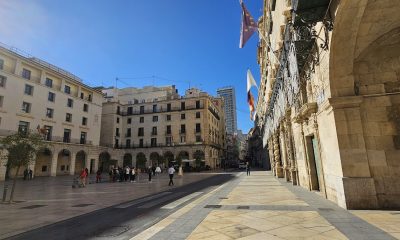
 Costa Blanca2 weeks ago
Costa Blanca2 weeks agoIn Benidorm, a repeat abuser breaks into his ex-‘s home and assaults her
-

 Costa Blanca2 weeks ago
Costa Blanca2 weeks agoThe importance of bees is a topic that children in Alicante are being taught
-

 Costa Blanca2 weeks ago
Costa Blanca2 weeks agoIn 2024, the Emergency Department received over 250,000 calls from Alicante
-
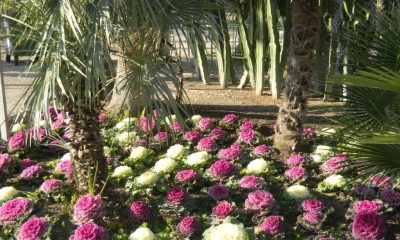
 Costa Blanca1 week ago
Costa Blanca1 week agoElche is seeking tender for an additional 22,000 plants, shrubs, and flowers from 150 different species
-
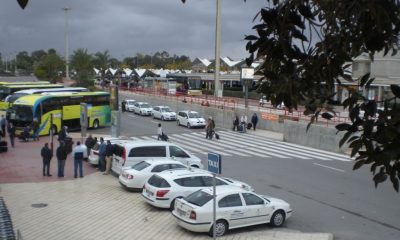
 Costa Blanca2 weeks ago
Costa Blanca2 weeks agoFormer leader of ETA, will appear in court today charged with planting a bomb Alicante-Elche airport
-

 News2 weeks ago
News2 weeks agoIn 2025, the pension in Alicante will be increased
-

 Costa Blanca2 weeks ago
Costa Blanca2 weeks ago€85,000 lottery winner in Torrevieja
-

 Costa Blanca1 week ago
Costa Blanca1 week agoMan sought for robbery and fraud in Amsterdam has been caught in Alicante





